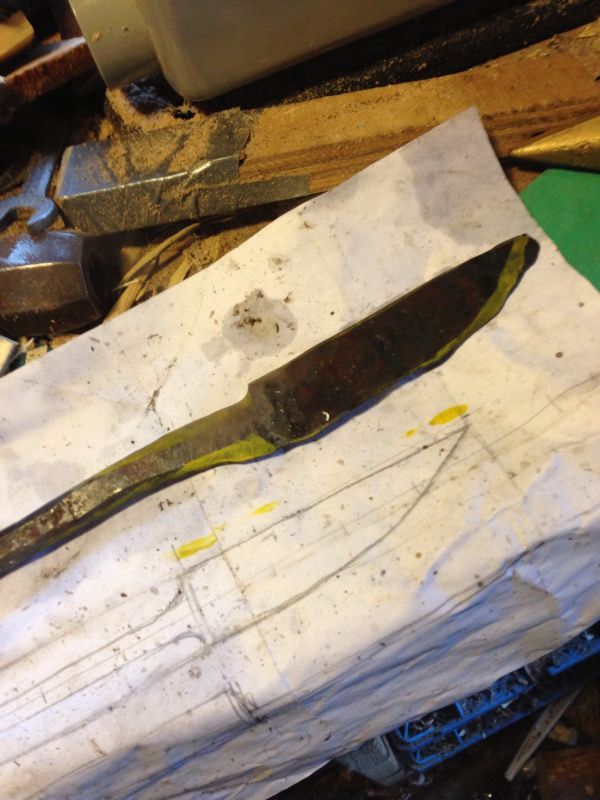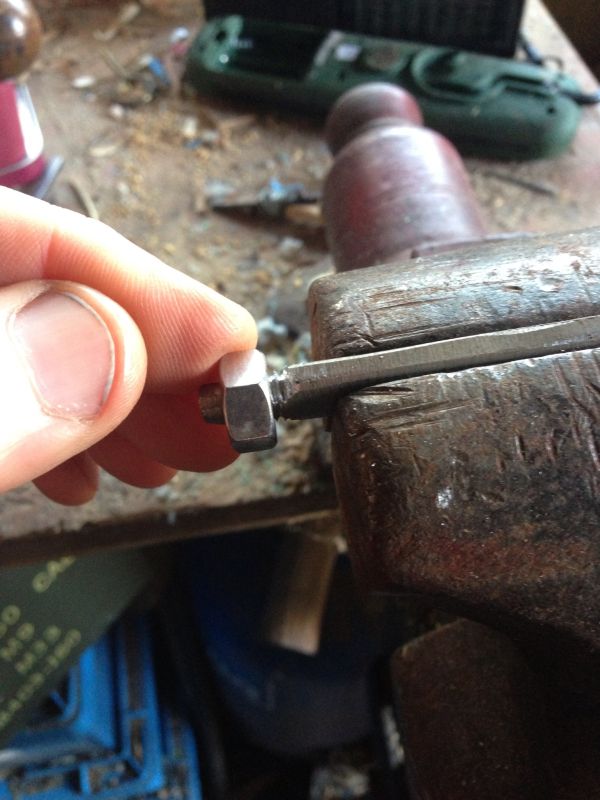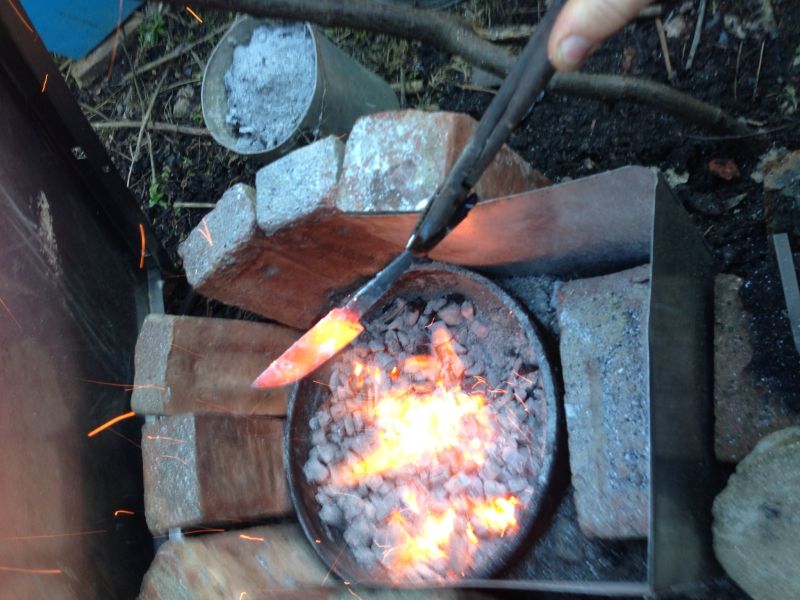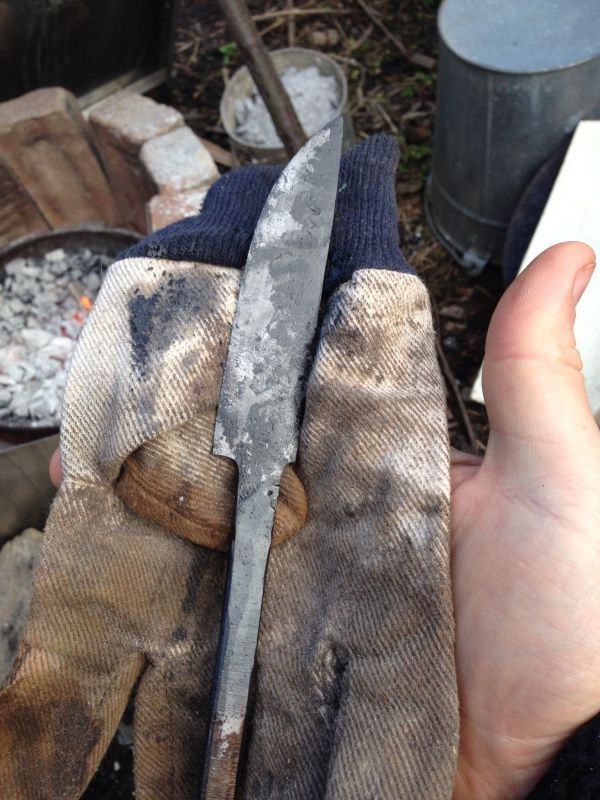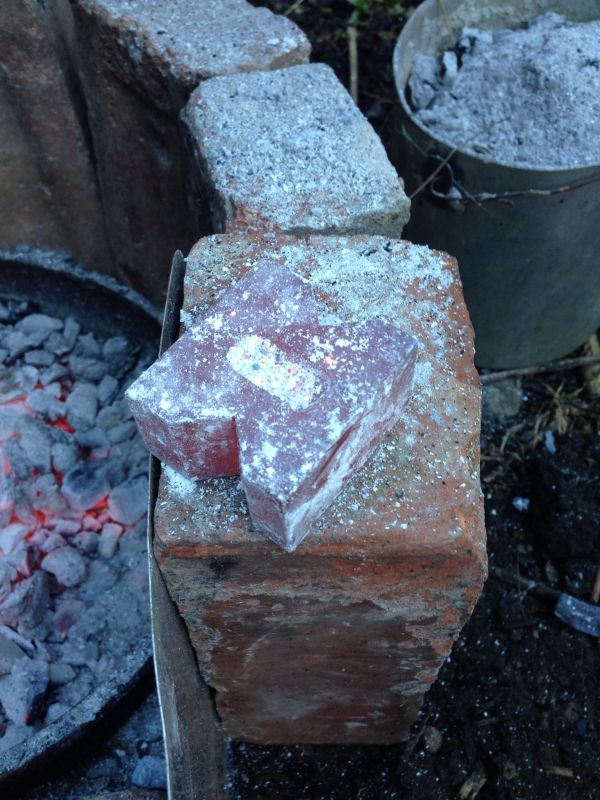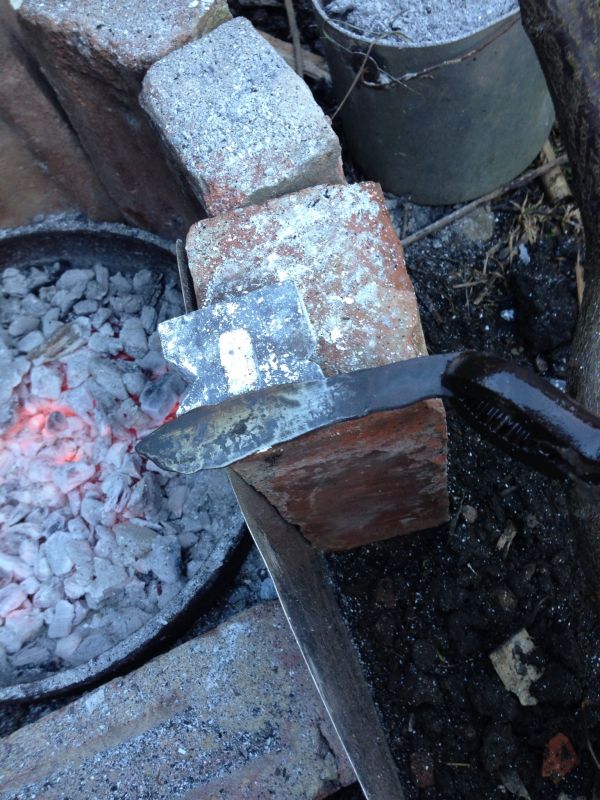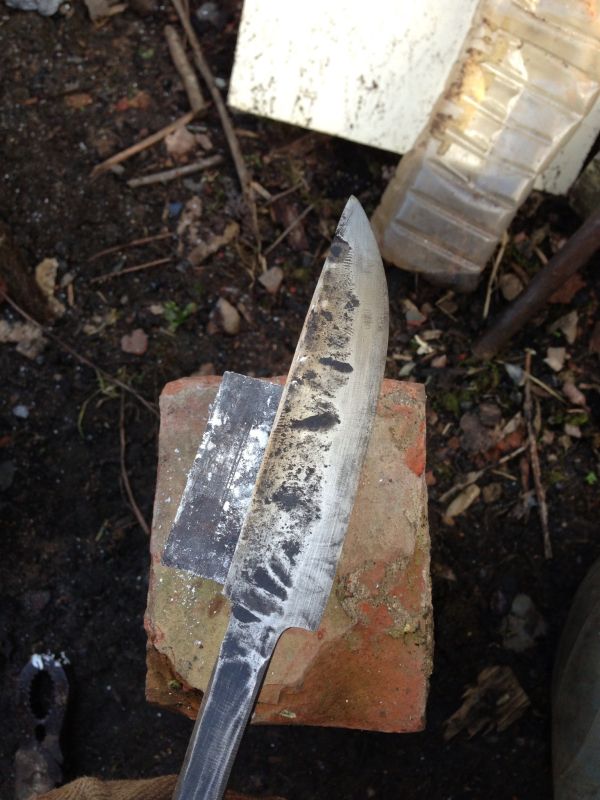The little cost as possible was my plan with the Bowie i did. If i had stayed with yew and not switched to blackwood, it wouldn't have cost me anything. I ain't gonna make a standard type knife....wheres the fun in that  .. This time i think i'm gonna go for something special. Like you, its for fun for me. A reason to go a bit mad and do something different.
.. This time i think i'm gonna go for something special. Like you, its for fun for me. A reason to go a bit mad and do something different.
Not sure yet. I could easily make a knife for less than £50 (even factoring in the greatest expense that is fuel). The question then is, if I do, what to make? Obviously I can't just make 'a knife', that would be too simple
So, IF I do enter, shall I make:
A) a knife with as little total cost as possible (recycled steel, free wood, homemade charcoal fuel, etc)
or
B) a knife that comes in at £50 of materials (though it comes to £65 including the sheath according to the rules)
I'd only be entering for fun, not to win, so don't expect me to make a sinsible knife (or take it at all seriously!)



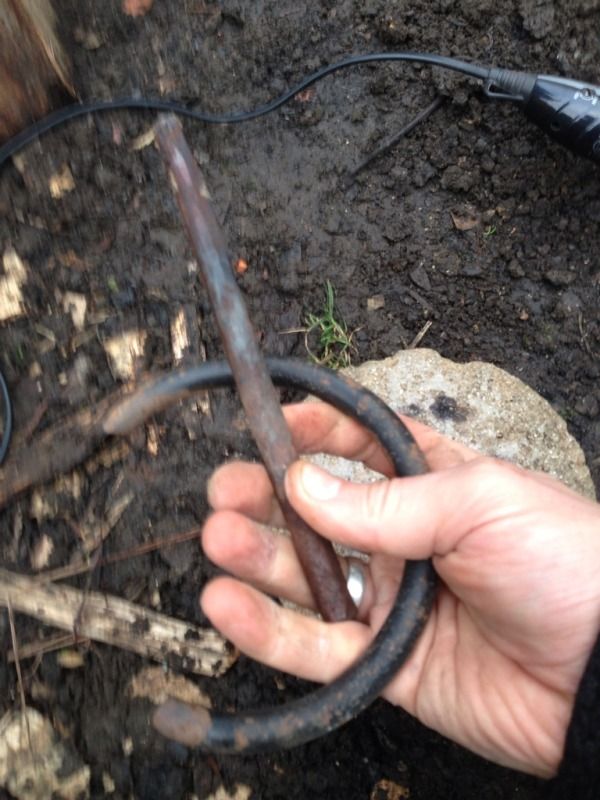
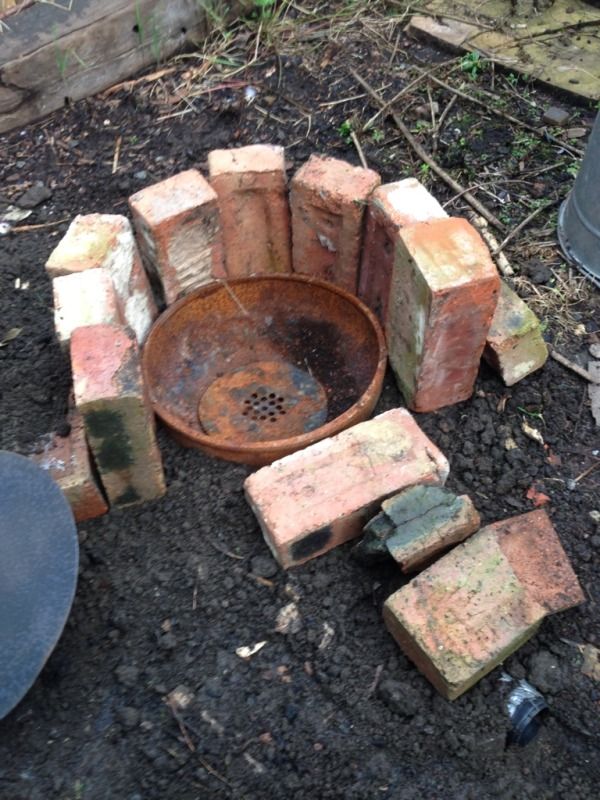
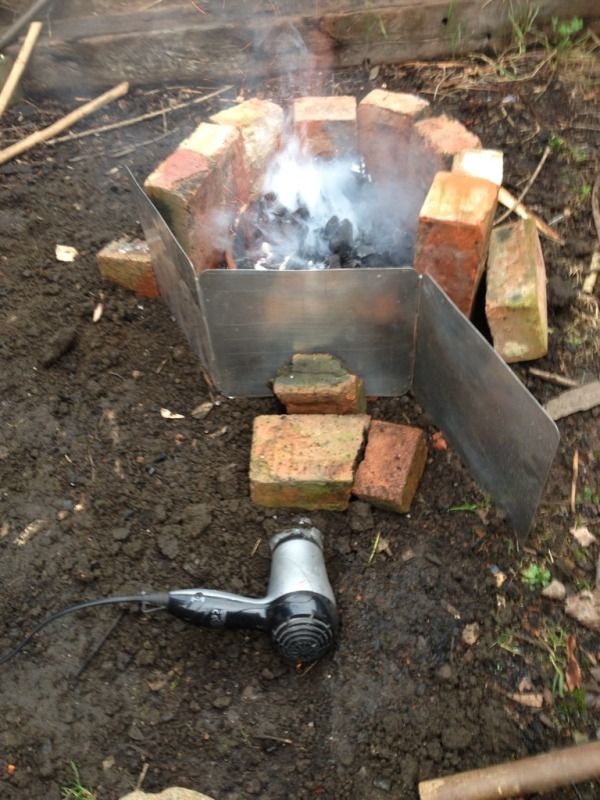
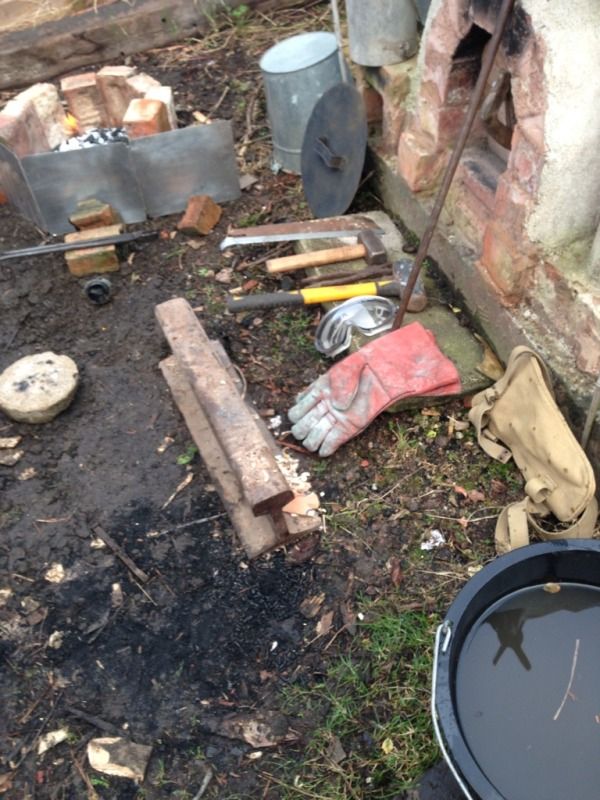
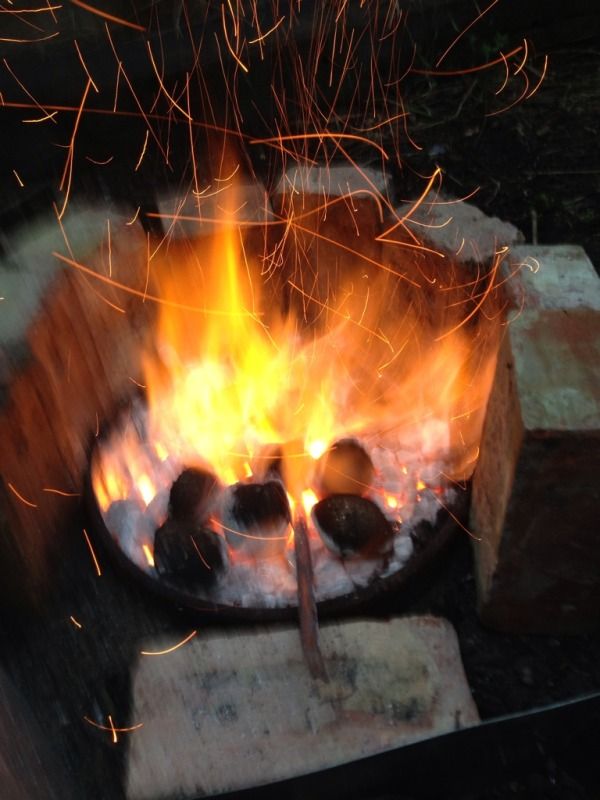
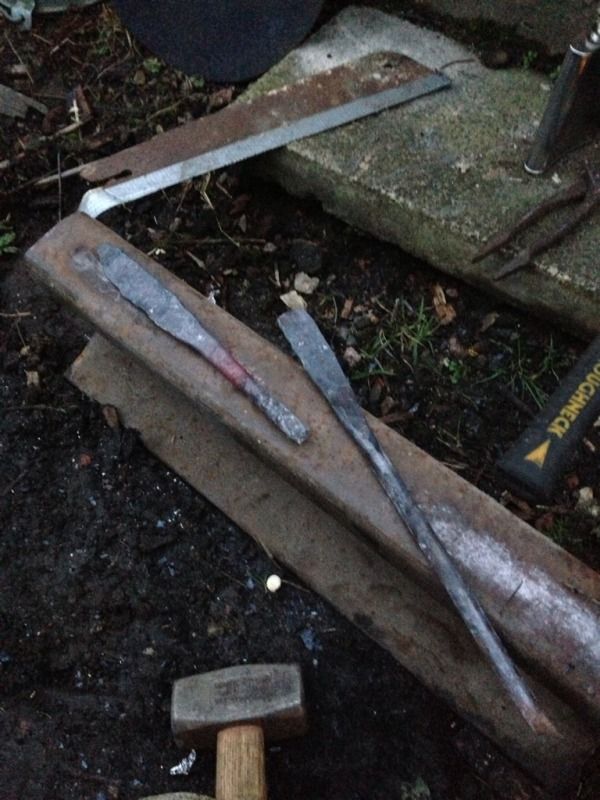
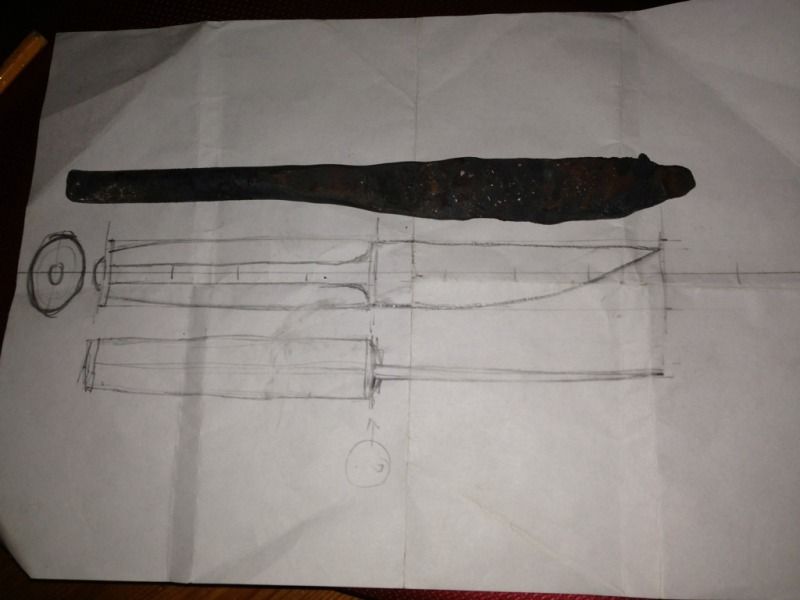
 Nice to see somebody not falling into the idea that a forge is a complicated thing that takes weeks to build and lots of kit to do. All you need to forge stuff is a container to hold fuel, an air supply,a way of getting the air into the container and then fuel. Nothing fancy needed, just don't get hung up on what you think you need
Nice to see somebody not falling into the idea that a forge is a complicated thing that takes weeks to build and lots of kit to do. All you need to forge stuff is a container to hold fuel, an air supply,a way of getting the air into the container and then fuel. Nothing fancy needed, just don't get hung up on what you think you need 
